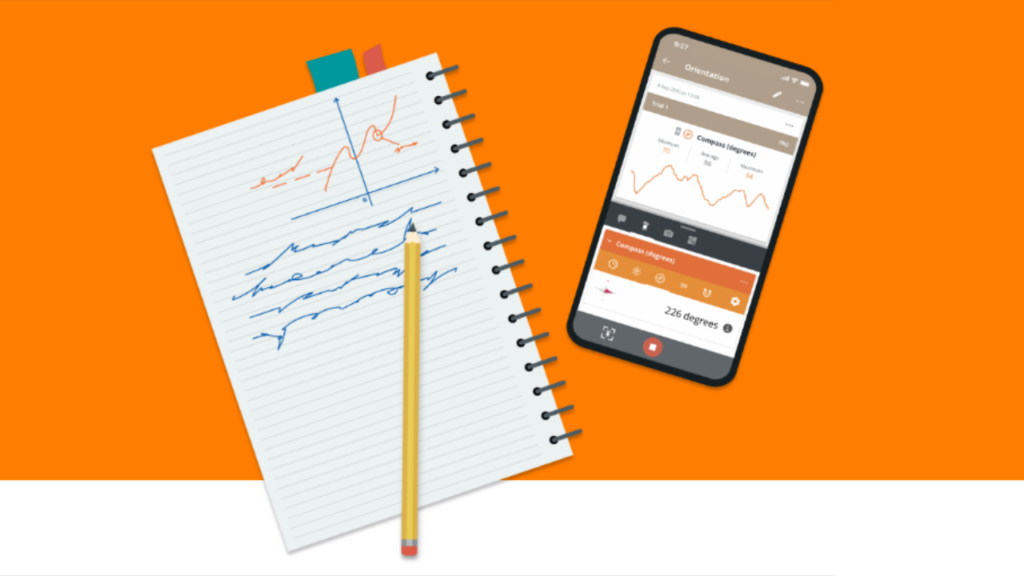Are cell phones bicycles for the minds or distractions?

This is a very prominent question from elementary to University. I feel as though I have a look into how every level is affected, and this is because of my Link to Practice and my parents’ careers. My mom works in an elementary school, I spend my Wednesdays in a middle school, my dad works at a high school, and I am in University. We often discuss topics like the downsides of cell phones and AI, and for the grand majority, the impacts are extremely negative.
I have been pleasantly surprised by the sixth graders at the local middle school. There is a cell phone ban and (from what I can see), these students respect that. I have only seen two students try to go on their phones, but this is much better than I expected.
When I was in high school, I found that the amount of cell phone usage was extremely high, and it was very rarely for educational purposes. Whenever we needed to use technology for a class, we would have Chromebooks provided. I noticed teachers becoming (rightfully) very frustrated when students wouldn’t pay attention in class.
Cell phone usage has improved (from what I’ve noticed) since going to University. This could be because we have discovered educational apps to use, if we don’t pay attention in class then we won’t pass, or because there is a greater appreciation for what we’re learning when we are paying to be there.
Examples of educational apps include:
- Pulse
- Desmos
- Photomath
- SimboLab
- Google Classroom
- Kahoot
- Brightspace
- Arduino Science Journal

I completed the lesson on what shade vs. light sounds like on the Arduino Science Journal app. It had step-by-step instructions, journals to write your findings, and measurement tools. This is a useful tool that teachers should take advantage of in their classrooms, or when planning lessons. While using this, I did think of several challenges that classes might come across. Firstly, it was a long and involved lesson that would raise many questions and require a lot of help from the teacher. This can be overwhelming, especially if students are all at different stages of the experiment. Further, access to technology is a challenge, especially for elementary schools in our district. That being said, this is an excellent option for gifted students, or those who are looking for an added challenge after their initial work is complete.
There are lots of educational apps that teenagers and university students can take advantage of; however, cell phones are a major source of distraction in schools. This is a challenging problem to solve. The additions to the curriculum about digital footprint and safe screen usage is very helpful when it comes to educating students about the dangers and downsides.
The following videos discuss the reasoning behind the cell phone ban in BC.